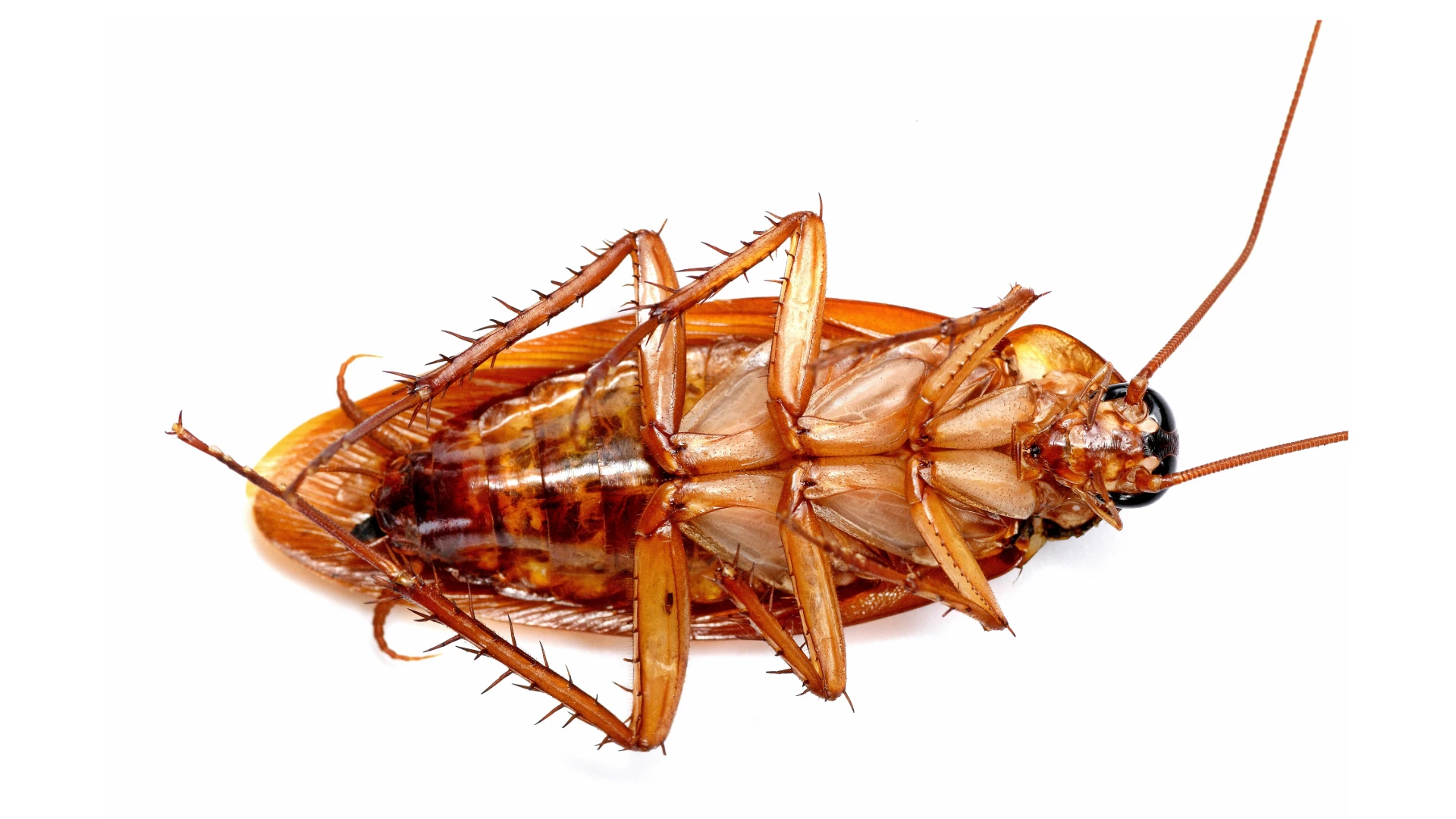
Historically, when Ace Exterminating in Joelton, Tenn., would get a customer call about rat activity, the technician who went on the call would, nine times out of 10, find mice instead. Mouse infestations were common in suburban and rural homes across middle Tennessee, while rats tended to stick close to the city — namely, Nashville.
The COVID-19 pandemic changed that dynamic.
“Downtown Nashville had always been a hub for Norway rats, but when restaurants and businesses shut down for COVID, the rats’ usual food sources were suddenly out of reach,” says Tim Jackson, vice president at Ace. “They migrated outward into surrounding residential communities in search of food.”
Finding that food wasn’t difficult, given people were spending more time at home and generating more trash, which was often left sitting in cans and dumpsters far longer than it should have. “Labor shortages caused trash collection services to cut back on the frequency of their pickups; trash piled up in some neighborhoods for weeks or even months at a time,” explains Alex Berry, pest control manager at Ace. “Those conditions were ideal for hungry rats.”
In turn, the influx of rats became an ideal business opportunity for Ace. Jackson says that rats now represent a larger percentage of the company’s annual revenues than before, as technicians place as many bait stations in a week as they used to place in a year. Today when they get a rat call, they expect to find actual rats. “We’re not the only ones experiencing this surge,” he says. “Pest management companies and suppliers across the region tell us that they’re dealing with the same thing. It looks like Norway rats are here to stay.”
The Nashville market isn’t unique. Norway and roof rat pressure is intensifying across the country, as evidenced by the results of the 2022 PCT State of the Rodent Control Market survey, sponsored by Bell Labs. When PCT asked PMPs which rodents were problematic in their markets, 86 percent said rats, compared with 76 percent who said mice. That’s an 11 percent increase for rats and a 3 percent decrease for mice. In addition, 59 percent of PMPs said rat infestations were up in 2022, compared with 44 percent who said the same of mice.
Tom Drapeau of Freedom Pest Control is certainly seeing this trend across his New England accounts. “House mice have traditionally represented a large percentage of our revenues; we also get a lot of calls for deer mice,” he says. “But for the past three years, Norway rats have been our leading rodent. Even more recently, in the past four to five months, as calls for mice are holding steady, our rat work continues to grow at a rate of 14 to 20 percent a month.”



Explore the December 2022 Issue
Check out more from this issue and find your next story to read.
Latest from Pest Control Technology
- NYC PCO Growing Business with Focus on Corporate Clients
- Massey Services Promotes Silver, Crespo to Director Roles
- Recurring Services Model, Wildlife Offerings Lead to Impressive Growth for Tailor Made
- Shelters: Difficult to Manage
- NPMA Announces Recipients of 2025 Impact Awards
- Fleetio Expands Geotab Integration with Shop Network Add-In
- RISE Hosts Breakfast at AMCA for Pesticide Advocacy
- WPCA Hosts Annual Midwest Pest Con





